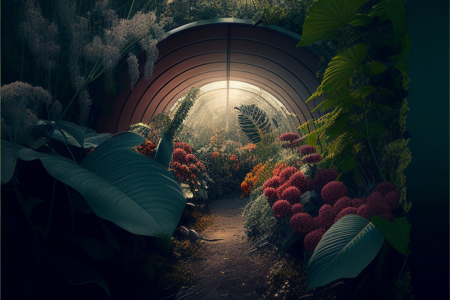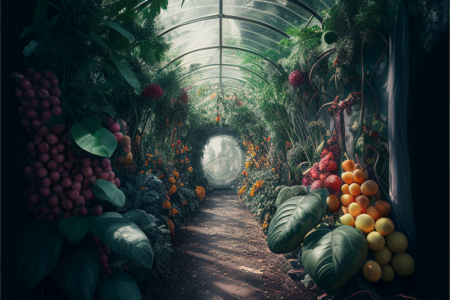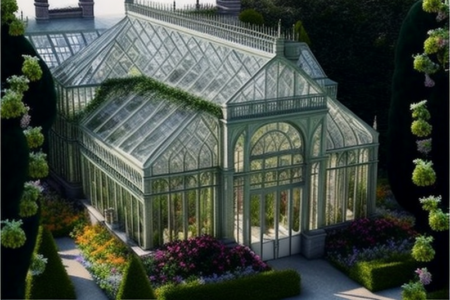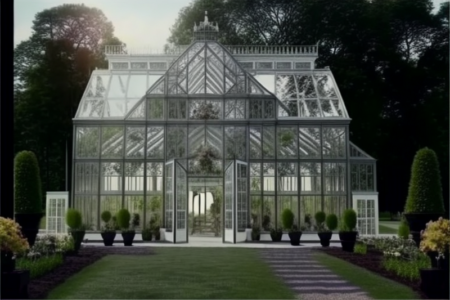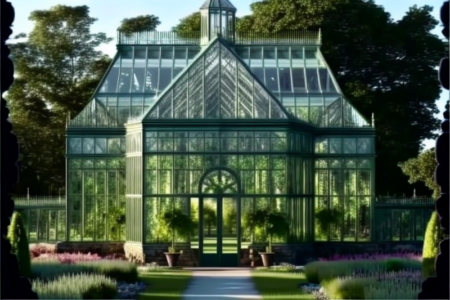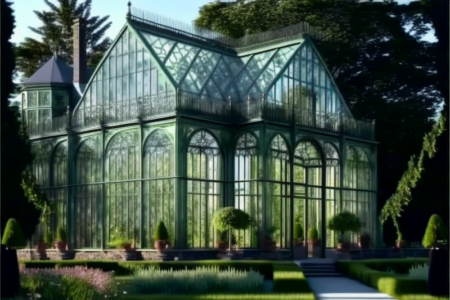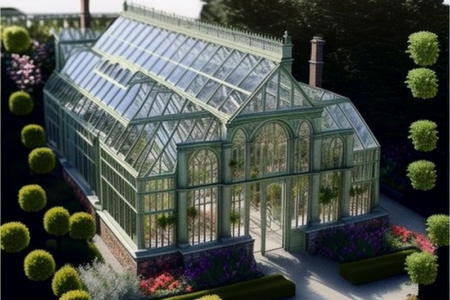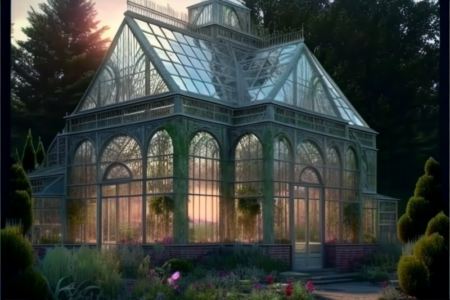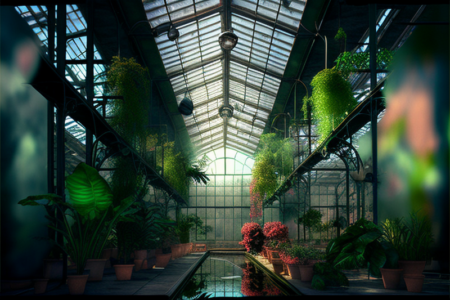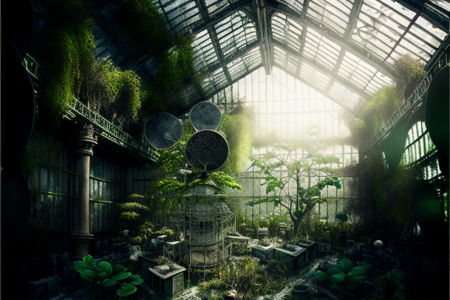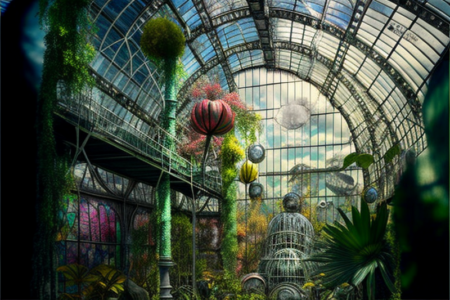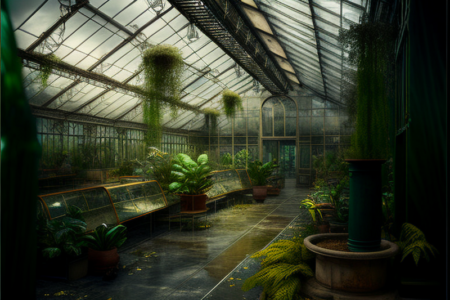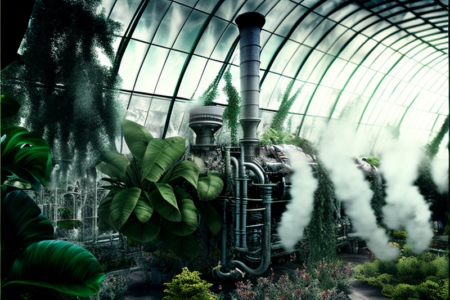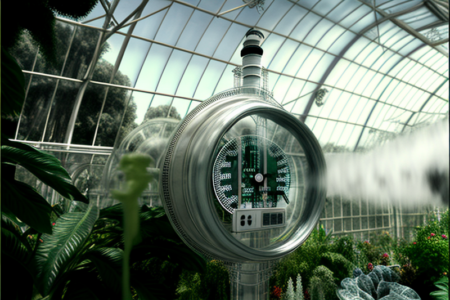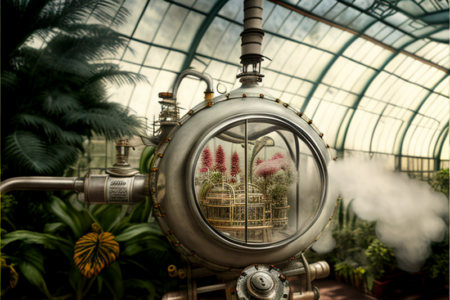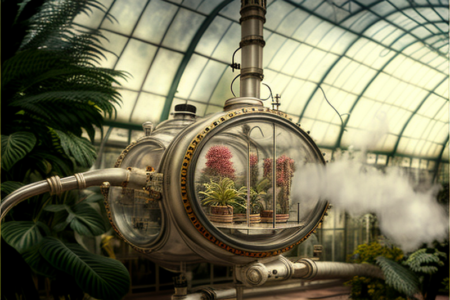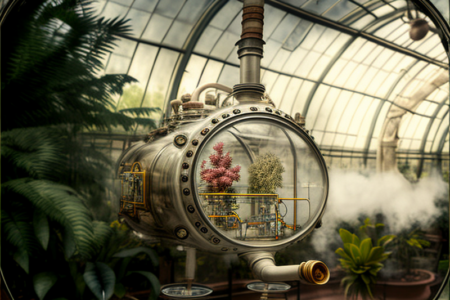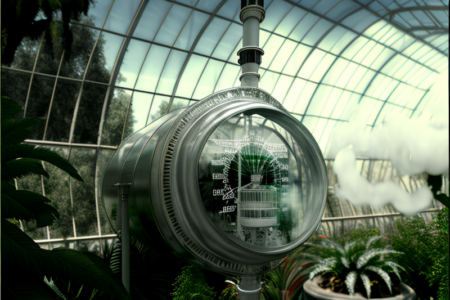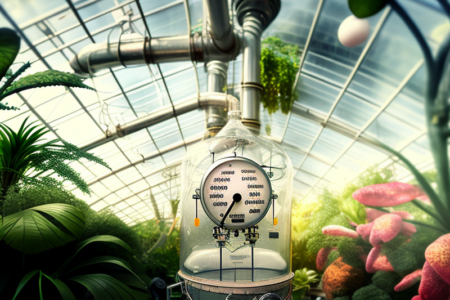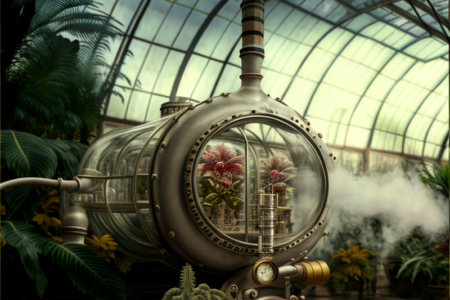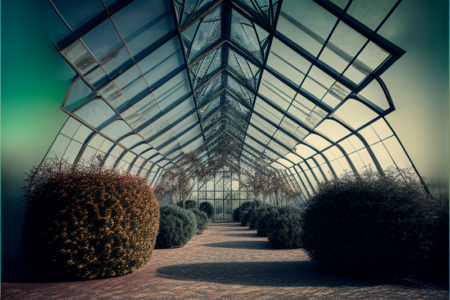
The Canadian government’s study on the benefits of supplemental carbon dioxide in greenhouses and the insane costs of supplementing plants with CO2 shows that some plants experience skyrocketing growth and profits if extra CO2 is provided. The downside is that it costs around $60,000-$100,000 for the machine itself, with similar costs for yearly maintenance. Check the Canadian government’s website, and you’ll see it’s impossible and unavailable for the average industrial farmer.
- 💰 Drastically Reduces CO₂ Costs → Greenhouse CO₂ supplementation normally costs millions; this solution provides it for pennies.
- 🔥 Produces Massive Free Heat → Generates 60-65°C sustained heat without external energy, slashing heating costs.
- 🌱 100% Organic & Sustainable → Uses hay, straw, leaves, woodchips, sawdust, and organic waste to generate CO₂ and heat.
- 🦠 Hospital-Grade Sterilization → Kills pathogens, fungi, and pests naturally, no chemicals needed.
- ♻️ Recycles Nutrients Instantly → Decomposes organic waste into soil-ready nutrients in hours, not months or years.
- 🌎 Eliminates Harmful Emissions → Compared to hot composting, almost no harmful gases or odors are produced.
- 🌡️ Boosts Greenhouse Efficiency → Producing internal CO₂ reduces the need for frequent ventilation, meaning less heat loss in winter.
- ❄️ Extends Growing Seasons → Allows greenhouses to produce earlier in spring and further into winter, maximizing profits.
- 📈 Increases Crop Yields & Market Advantage → Farmers can harvest earlier than competitors, meaning higher prices & exclusivity.
- 💸 Minimal Investment, Maximum Return → Machines cost only $300-$600, with nearly zero maintenance costs. Instead of 100k machines.
- 💸 Maintenance is mostly none → Instead of buying co2 for 100k$ year round it cost almost nothing.
- 🔬 Scientifically Backed → Built on proven thermophilic bacterial processes, outperforming traditional methods.
So, I made a few machines priced between $300-$600, with yearly maintenance costs we can say are almost negligible, like pennies. Sure, I went full organic and sustainable. I uploaded the whole tutorial on YouTube, explaining how it works for me with the science, chemistry, biology, and so on. And it produces lots and lots of heat mostly for “free”.
Read the summary of the benefits below:
Basically, CO2 is essential, but my whole approach is like backwards photosynthesis. In my version, most organic matter, like hay, straw, field grass, and leaves “basically “garbage” is transformed back into energy in the form of heat and CO2. Compared to normal composting, almost no harmful chemicals are produced, and it doesn’t have an extremely bad odor. Nothing is rotting. It has a smell but day and night difference. Everything is aerobic, so you won’t get sick, and the material itself can sterilize everything to “hospital grade”. It reaches 60-65°C and stays there.
